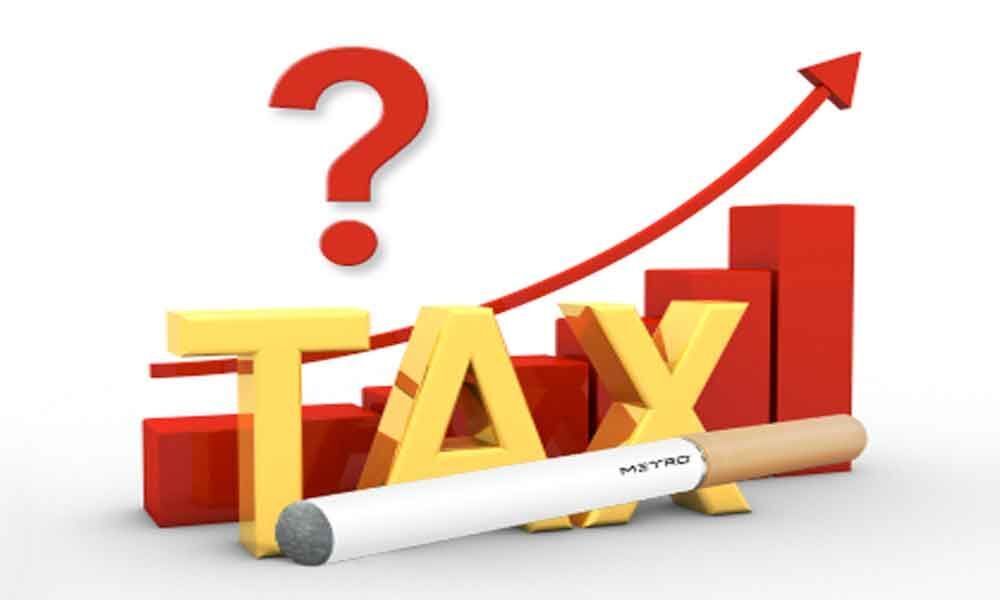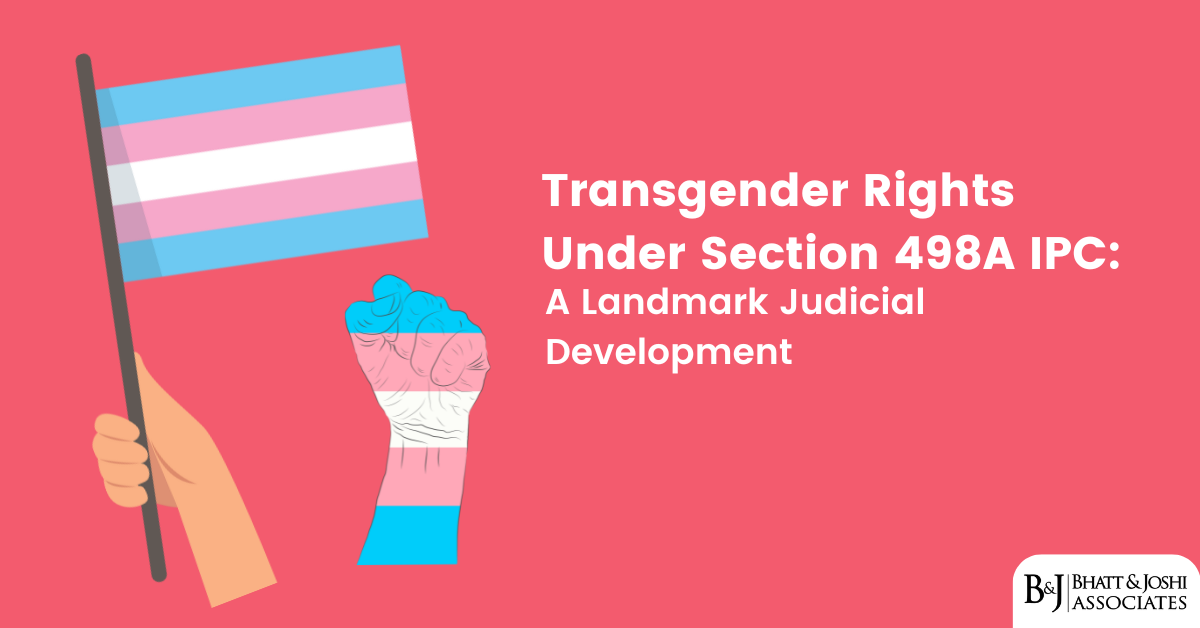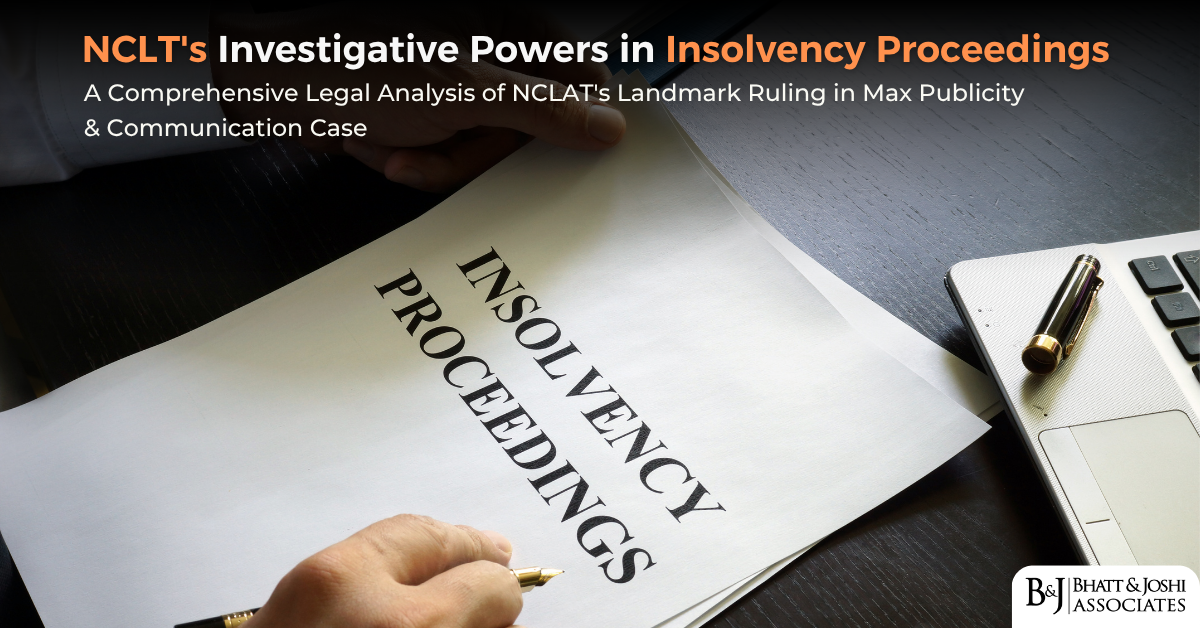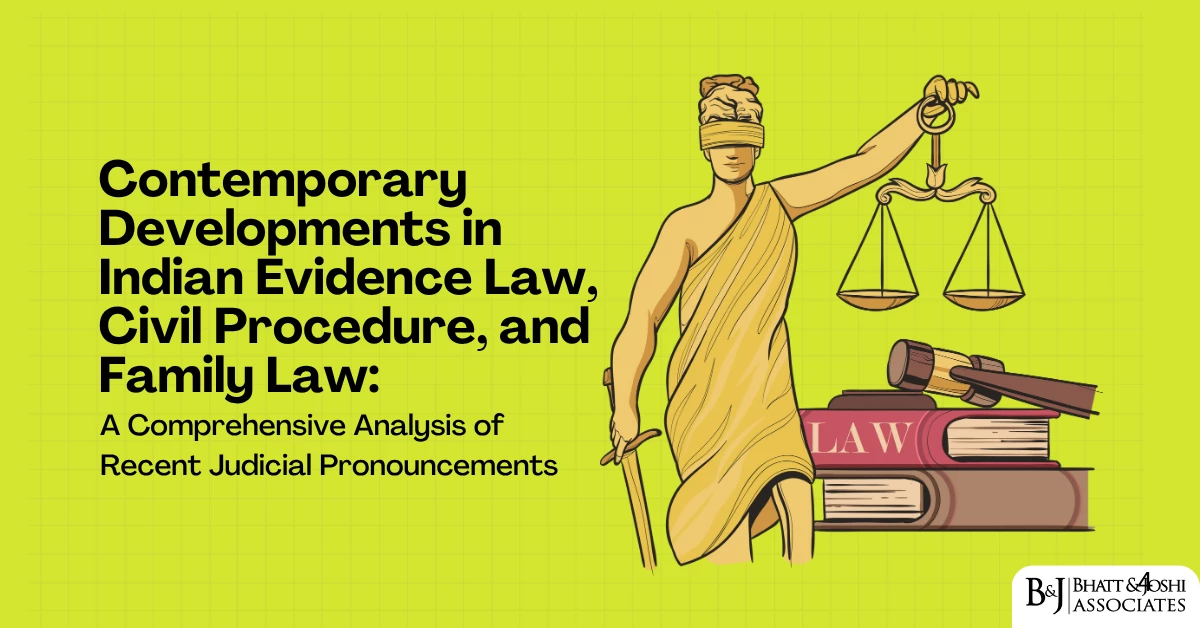Introduction
Tobacco taxation represents a critical intersection of public health policy and revenue generation in India’s fiscal landscape. The taxation of tobacco products has evolved from simple excise levies to a multi-layered framework encompassing Goods and Services Tax (GST), compensation cess, National Calamity Contingent Duty (NCCD), and various other regulatory charges. This taxation regime serves dual purposes: generating substantial revenue for the government and implementing a public health strategy to reduce tobacco consumption through price mechanisms [1].
India’s tobacco taxation system operates within a complex legal framework governed by multiple statutes including the Central Excise Act, 1944, the GST Act, 2017, and various Finance Acts. The regulatory structure is further shaped by the Cigarettes and Other Tobacco Products (Prohibition of Advertisement and Regulation of Trade and Commerce, Production, Supply and Distribution) Act, 2003 (COTPA), which provides the overarching legal framework for tobacco control in India [2].

Historical Evolution of Tobacco Taxation in India
Early Legislative Framework
The regulation of tobacco products in India began with the Cigarettes (Regulation of Production, Supply and Distribution) Act, 1975, which primarily focused on mandatory health warnings rather than taxation [3]. This Act established the foundational principle that cigarettes must carry prominent warnings stating “Cigarettes are injurious to health” and regulated their advertisement and distribution.
The 1975 Act was subsequently repealed by COTPA 2003, which expanded the scope to include all tobacco products beyond cigarettes. Under Section 3 of the 1975 Act, production, supply, and distribution of cigarettes were restricted unless packages bore specified warnings. The Act also imposed restrictions on cigarette advertisements, requiring them to include conspicuous health warnings [4].
Transition to Modern Taxation Regime
The modern tobacco taxation framework emerged with the implementation of GST on July 1, 2017. Prior to GST, tobacco products were subject to central excise duty under the Central Excise Act, 1944, along with various state-level taxes including Value Added Tax (VAT) and entry taxes. The GST regime rationalized this complex structure while maintaining higher tax rates on tobacco products as “sin goods” [5].
Current Taxation Structure Under GST
GST Rate Classification
Tobacco products are classified under the highest GST slab of 28%, except for tobacco leaves which attract 5% GST under reverse charge mechanism [6]. Under the reverse charge mechanism, as specified in Section 9(3) of the Central Goods and Services Tax Act, 2017, the recipient of tobacco leaves (typically manufacturing units) must pay GST directly to the government rather than the supplier.
The HSN (Harmonized System Nomenclature) codes for tobacco products vary based on the specific product type. Cigarettes are classified under HSN 24021000, while other tobacco products fall under different codes within Chapter 24 of the HSN classification [7].
Compensation Cess Framework
In addition to the 28% GST, tobacco products attract compensation cess under the Goods and Services Tax (Compensation to States) Act, 2017. The compensation cess rates for cigarettes vary based on length and filter specifications:
- Cigarettes of length not exceeding 65mm: Rs. 2,076 per thousand sticks plus 5% ad valorem
- Cigarettes of length exceeding 65mm but not exceeding 70mm: Rs. 2,747 per thousand sticks plus 5% ad valorem
- Cigarettes of length exceeding 70mm: Rs. 4,170 per thousand sticks plus 5% ad valorem [8]
National Calamity Contingent Duty (NCCD)
NCCD is levied under Section 136 of the Finance Act, 2001, as a duty of excise on goods specified in the Seventh Schedule. Despite the implementation of GST, NCCD continues to be levied on tobacco products. The Supreme Court in Bajaj Auto Limited v. Union of India (2019) clarified that NCCD, being in the nature of excise duty, follows the same character as excise duty and is subject to exemptions applicable to excise duty [9].
The current NCCD rates on cigarettes, effective from February 2, 2023, following the 16% increase announced in Budget 2023, are:
- Cigarettes of length not exceeding 65mm: Rs. 532 per thousand sticks
- Cigarettes of length exceeding 65mm but not exceeding 70mm: Rs. 1,056 per thousand sticks
- Cigarettes of length exceeding 70mm but not exceeding 75mm: Rs. 1,584 per thousand sticks
- Cigarettes of length exceeding 75mm: Rs. 3,668 per thousand sticks [10]
Legal Framework and Regulatory Compliance
Central Excise Act, 1944 – Continuing Relevance
Although GST has largely replaced central excise duty, Section 174 of the GST Act, 2017, specifically provides for the continuation of excise duty on tobacco and tobacco products. This provision was challenged in various courts, but the constitutional validity was upheld, recognizing Parliament’s retained power under Article 246 of the Constitution to levy excise duties on certain products post-GST implementation [11].
COTPA 2003 – Regulatory Framework
The Cigarettes and Other Tobacco Products (Prohibition of Advertisement and Regulation of Trade and Commerce, Production, Supply and Distribution) Act, 2003, serves as the primary regulatory legislation. Section 7 of COTPA mandates that tobacco products must carry specified health warnings, including pictorial warnings covering 85% of the package surface [12].
Under Section 7(5) of COTPA, manufacturers must indicate nicotine and tar contents on each package, ensuring they do not exceed prescribed limits. Violation of these provisions attracts penalties under Section 20, including imprisonment up to two years or fines extending to Rs. 1,000 for first-time offenders [13].
Enforcement Mechanisms
Section 21 of COTPA empowers police officers not below the rank of Sub-Inspector, officers of State Food and Drug Administration, and equivalent-ranking officers to conduct search and seizure operations where violations are suspected. This enforcement framework creates a multi-agency approach to tobacco control compliance [14].
Judicial Interpretations and Case Law
Supreme Court Pronouncements
The Supreme Court has consistently upheld the constitutional validity of tobacco taxation measures. In Government of India v. Indian Tobacco Association (2005), the Court emphasized the government’s power to impose differential taxation on tobacco products based on public health considerations [15].
In Karnataka Beedi Industry Association v. Union of India, the Supreme Court upheld the increase in pictorial health warnings to 85% of package surface area, recognizing the state’s obligation to protect public health under Article 21 of the Constitution. The Court observed that the right to health is an integral part of the fundamental right to life [2].
High Court Decisions
Various High Courts have addressed specific aspects of tobacco taxation and regulation. The Karnataka High Court in P.V. Sindhur (1996) examined whether tendu/beedi leaves constituted ‘Agricultural Produce’ for taxation purposes, establishing important precedents for raw material classification [2].
In ITC Limited (2019), the Karnataka High Court addressed the taxation of unmanufactured tobacco products, clarifying the scope of agricultural produce exemptions under state entry tax legislation.
Effectiveness and Public Health Impact
Revenue Generation
Tobacco taxation contributes significantly to government revenues. In the financial year 2022-23, tobacco products generated Rs. 72,788 crores in tax revenue, representing a substantial contribution to the national exchequer [6]. This revenue stream highlights the economic importance of tobacco taxation beyond its public health objectives.
Price Elasticity and Consumption Patterns
The World Health Organization acknowledges that a 10% increase in tobacco product prices typically results in a 4-5% reduction in cigarette demand. However, the effectiveness of taxation as a public health measure varies based on the availability of substitute products and enforcement mechanisms [1].
India’s unique tobacco consumption pattern, where cigarettes represent only 10-15% of total tobacco consumption while generating over 80% of tobacco tax revenue, presents distinct challenges. The remaining consumption comprises bidis, chewing tobacco, and other smokeless tobacco products that are often produced in the unorganized sector and subject to lower taxation or tax evasion [12].
Challenges in Implementation and Enforcement
Tax Evasion and Illicit Trade
The high taxation on legal cigarettes has contributed to the growth of illicit cigarette trade, which currently accounts for approximately 25% of the Indian cigarette market. The substantial price differential between legal tax-paid cigarettes and smuggled or tax-evaded products creates market distortions and undermines both revenue collection and public health objectives [12].
Differential Taxation Issues
The taxation system creates significant disparities between different tobacco products. While cigarettes face comprehensive taxation including GST, compensation cess, and NCCD, bidis and many smokeless tobacco products enjoy exemptions or lower tax rates. This differential treatment often leads to substitution effects rather than overall reduction in tobacco consumption.
Administrative Complexities
The multi-layered taxation structure involving GST, compensation cess, NCCD, and various state-level taxes creates administrative complexities for manufacturers and compliance challenges for tax authorities. The interaction between different tax laws and their interpretation requires careful coordination between central and state agencies.
Regulatory Compliance Requirements
Packaging and Labeling Obligations
Under the Cigarettes and Other Tobacco Products (Packaging and Labelling) Rules, 2008, tobacco products must comply with specific packaging requirements. The rules mandate pictorial health warnings covering 85% of the principal display area, rotation of warnings every 12 months, and specific design specifications for warning messages [2].
Manufacturing License Requirements
Tobacco product manufacturers must obtain appropriate licenses under the Central Excise Act and comply with GST registration requirements. The manufacturing process is subject to regular inspections and compliance audits to ensure adherence to both taxation and health regulation requirements.
Distribution and Sale Restrictions
COTPA Section 6 prohibits the sale of tobacco products to persons under 18 years of age and within 100 yards of educational institutions. These restrictions create additional compliance obligations for distributors and retailers, with penalties for violations including fines and potential imprisonment [14].
International Compliance and WHO Framework
WHO Framework Convention on Tobacco Control (FCTC)
India ratified the WHO FCTC in 2004, becoming one of the first countries to endorse this international treaty. The FCTC obligates signatory countries to implement measures including price and tax policies to reduce tobacco demand, comprehensive bans on tobacco advertising, and protection from exposure to tobacco smoke [2].
Comparative Tax Burden Analysis
Despite the multi-layered taxation structure, India’s overall tax burden on tobacco products remains at approximately 53%, which is below the WHO-recommended minimum of 75%. This gap indicates potential for further tax increases to enhance both public health outcomes and revenue generation [6].
Future Directions and Policy Recommendations
GST Rate Rationalization
The GST Council is considering increasing the GST rate on tobacco products to 40% (the maximum permissible rate under current law) once the compensation cess regime ends in March 2026. This change would require careful balance between revenue maintenance and public health objectives [6].
Uniform Taxation Framework
Policy experts recommend developing a more uniform taxation framework that addresses the current disparities between different tobacco products. This could include bringing bidis and smokeless tobacco products under similar tax burdens as cigarettes to prevent substitution effects.
Enhanced Enforcement Mechanisms
Strengthening enforcement mechanisms through technology adoption, inter-agency coordination, and capacity building can improve compliance rates and reduce tax evasion. Digital tracking systems and improved supply chain monitoring could enhance the effectiveness of the current regulatory framework.
Conclusion
The taxation of tobacco products in India represents a sophisticated regulatory framework that balances public health objectives with revenue generation requirements. The current system, anchored by GST at 28% along with compensation cess and NCCD, creates one of the highest tax burdens on tobacco products globally, yet remains below WHO-recommended levels.
The legal framework, established through multiple statutes including COTPA 2003, the GST Act 2017, and various Finance Acts, provides substantial authority for tobacco control while facing implementation challenges related to enforcement, illicit trade, and product substitution effects. Judicial pronouncements have consistently supported the constitutional validity of tobacco taxation measures while emphasizing the state’s obligation to protect public health.
Moving forward, the effectiveness of India’s tobacco taxation regime will depend on addressing current implementation gaps, harmonizing tax treatment across different tobacco products, and strengthening enforcement mechanisms. The integration of public health objectives with fiscal policy through evidence-based taxation represents a continuing evolution in India’s approach to tobacco control.
The success of this framework ultimately depends on sustained political commitment, effective inter-agency coordination, and continuous adaptation to emerging challenges in the tobacco control landscape. As India progresses toward its goal of reducing tobacco use by 30% by 2025, as outlined in the National Health Policy 2017, the taxation framework will remain a central tool in achieving these public health objectives while maintaining essential government revenues.
References
[1] World Health Organization. (2024). WHO Global Health Observatory: Tobacco Taxation. https://www.who.int/data/gho/data/themes/topics/topic-details/GHO/gho-tobacco-control-raise-taxes-tobacco
[2] Karnataka High Court. (2019). Karnataka Beedi Industry Association v. Union of India. Indian Kanoon Database. https://indiankanoon.org/doc/1347318/
[3] Government of India. (1975). The Cigarettes (Regulation of Production, Supply and Distribution) Act, 1975. Act No. 49 of 1975. India Code Portal.
[4] Lawyers Law. (2020). The Cigarettes (Regulation of Production, Supply and Distribution) Act, 1975 Analysis. https://lawyerslaw.org/the-cigarettes-regulation-of-production-supply-and-distribution-act-1975/
[5] Central Board of Indirect Taxes and Customs. (2017). GST Implementation Guidelines for Tobacco Products. Government of India.
[6] Business Standard. (2025). India Government Considering GST Increase on Cigarettes and Tobacco Products. https://www.business-standard.com/industry/news/india-gst-cigarettes-tobacco-products-beedi-pan-masala-price-increase-125022000193_1.html
[7] ClearTax. (2025). GST Rates on Cigarettes, Pan Masala and Gutkha – Impact on Tobacco Industry. https://cleartax.in/s/impact-of-gst-rate-on-the-tobacco-industry
[8] Central Board of Indirect Taxes and Customs. (2022). Notification No. 05/2022-Central Tax (Rate). Government of India.
[9] Supreme Court of India. (2019). Bajaj Auto Limited v. Union of India. Civil Appeal No. 3239 of 2019. Indian Kanoon Database.
[10] TaxGuru. (2023). Budget 2023 Proposes 16% Increase in NCCD on Specified Cigarettes. https://taxguru.in/custom-duty/budget-2023-proposes-16-increase-nccd-specified-cigarettes.html
[11] Optimize IAS. (2022). Taxes on Tobacco – Constitutional Validity and Framework. https://optimizeias.com/taxes-on-tobacco/
[12] Tobacco Institute of India. (2024). Tobacco Taxation and Industry Impact Analysis. https://www.tiionline.org/industry-issues/taxation/
[13] Government of India. (2003). The Cigarettes and Other Tobacco Products (Prohibition of Advertisement and Regulation of Trade and Commerce, Production, Supply and Distribution) Act, 2003. Act No. 34 of 2003.
[14] Campaign for Tobacco-Free Kids. (2023). India Legal Summary – Tobacco Control Laws. https://www.tobaccocontrollaws.org/legislation/india
[15] Supreme Court of India. (2005). Government of India v. Indian Tobacco Association. (2005) 187 ELT 162 (SC). CaseMine Database.
PDF Links to Full Judgement
- https://bhattandjoshiassociates.s3.ap-south-1.amazonaws.com/judgements/Karnataka_Beedi_Industry_Association_vs_Union_Of_India_on_17_June_2016.PDF
- https://bhattandjoshiassociates.s3.ap-south-1.amazonaws.com/judgements/repealedfileopen (1).pdf
- https://bhattandjoshiassociates.s3.ap-south-1.amazonaws.com/judgements/Government_Of_India_Ors_vs_Indian_Tobacco_Association_on_23_August_2005.PDF













